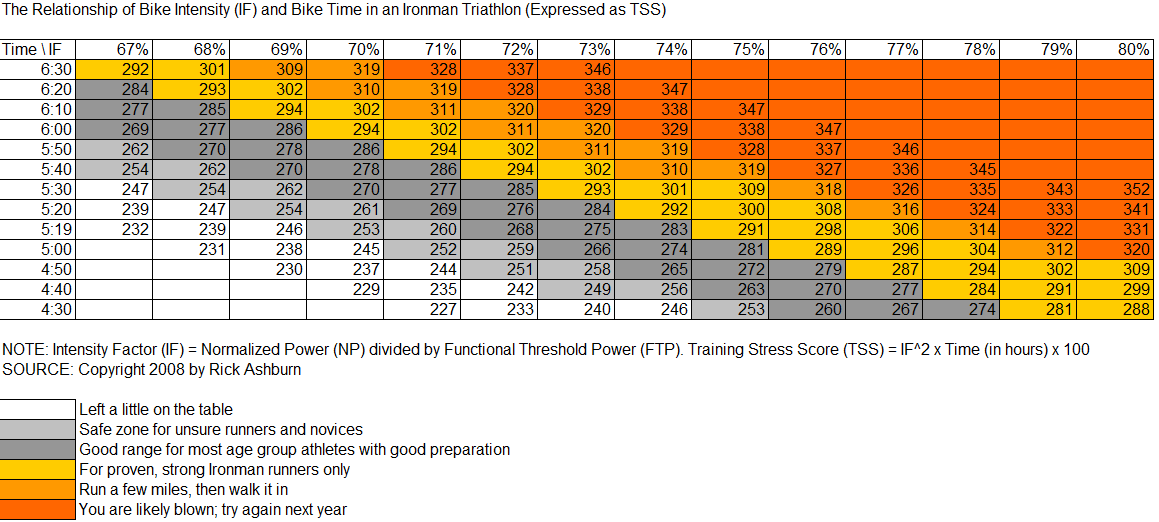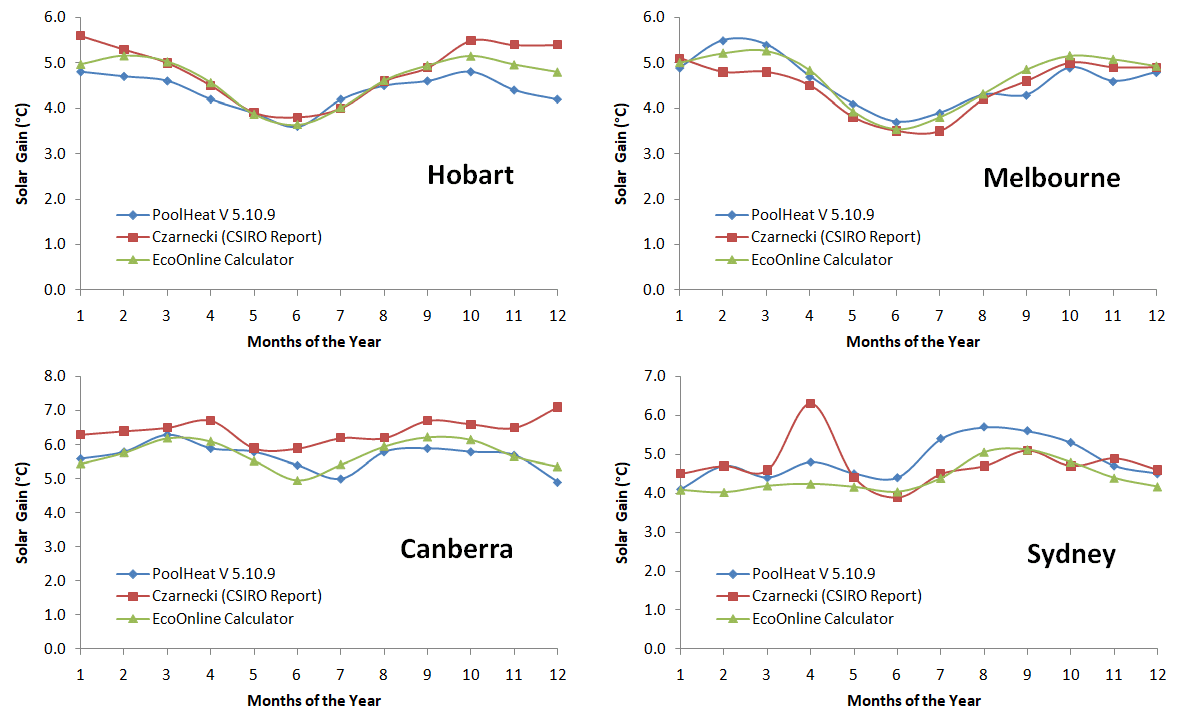

Pace calculators are useful for both new runners and expert runners. For events like a Marathon and a 5k, pace very important for long distances! Why should I calculate running pace?īy calculating running pace, you can practice resilience to see if, and how, you can improve. It also makes sure that you preserve enough energy to complete your run in your time frame. Pace allows you to sense how long it takes to cover the distance of your run.

So, the time it would take you to run or walk 1 mile/1 kilometre will be your pace. Your pace is stated in minutes per mile or minutes per kilometre. Well first, you’ll need to calculate running pace! We’ve got all the information you need below, so you can reach your goal within your time limit.

Running weather calculator how to#
Cold temperatures and dry air can aggravate some health conditions, so use your best judgment as to whether you should run outside or hit the gym instead.If you’re taking part in a 5k, half marathon or a full marathon this year, you might be wondering how to increase running pace. If temperatures dip below freezing, be sure and pay attention to local weather information and warnings. 6 to -1 degree: two shirts layered – a long sleeve tech shirt and a short sleeve tech shirt or, long sleeve shirt and jacket – tights, gloves, and headband or hat to cover ears (feels like -1 to 9 degrees) 1 to 3 degrees: long sleeve tech shirt, shorts or tights, gloves, and headband to cover ears (feels like 4 to 15 degrees) Here’s my informal guide for what to wear, based on temperature ranges (in Celsius):ġ5+ degrees: tank top and shorts (feels like 21 to 26 degrees)ġ0 to 15 degrees: short sleeve tech shirt and shorts (feels like 15 to 26 degrees)Ĥ to 10 degrees: long sleeve tech shirt, shorts or tights, gloves (optional), headband to cover ears (optional) (feels like 10 to 20 degrees) It’s best to avoid running into the wind when you are wet and sweaty because you will chill very quickly. For example, if the outside temp is 22 degrees, but the real feel is reported to be 16 degrees because of the wind chill, you’ll want to add five to 10 degrees to the lower temp.Īlso, when planning your run on windy, cold days, try to run into the wind on your way out and have the wind at your back on your return. When winds are present, look at the ‘feels like’ temperature to determine what to wear. For example, if the thermometer says it’s 22 degrees outside, your running temperature will be between 27 and 30 degrees Celsius.īut you should also take the wind-chill factor into consideration. If you are going for a long run, doing a hard workout, or have a large body mass, add 10 degrees to the outside temp. So if you are going out for a short run, an easy paced run, or you are a ‘small’ runner (less body mass) add five to eight degrees Celsius to the outside temperature to estimate your running temperature. Keep in mind that this number is dependent upon your body size, run pace and the length of your run. When dressing to run in cold weather, the rule of thumb is to add five to 10 degrees Celsius to the outside temperature to calculate your running temperature. Then, use a ‘running temperature’ formula to determine clothing needs. Remember to put your base layer on the bottom so as you strip layers off, the correct layer is underneath. Simply tie unneeded layers around your waist and keep running once you’re warm, or plan a loop run so you can drop them off in a safe spot – like your car – when you don’t need a layer. Layers allow you to be warm at the start of a run, and then you can easily shed them as you warm up. Running socks – tech fabric or wool blendĭressing in layers is the key to running comfortably all winter.A windproof running jacket and running pants.Long sleeve tech shirts to use as a base layer – depending upon winter temperatures in your area, you may need to invest in both a medium-weight and a heavy-weight base layer shirt.It’s always wise to bring a change of dry clothes to put on as soon as you finish your run or to jump into a warm shower if readily available.įirst, here are some suggestions for basic cold weather running gear: The opposite is also true: once you stop running, you will cool down very quickly, so be prepared to get out of those wet clothes immediately upon finishing your run.

When dressing for chilly temps, remember that once you get moving that your body heats up fast – leaving you too warm if you’re bundled up. The temps on the weather forecast won’t feel the same when you’re moving.


 0 kommentar(er)
0 kommentar(er)
